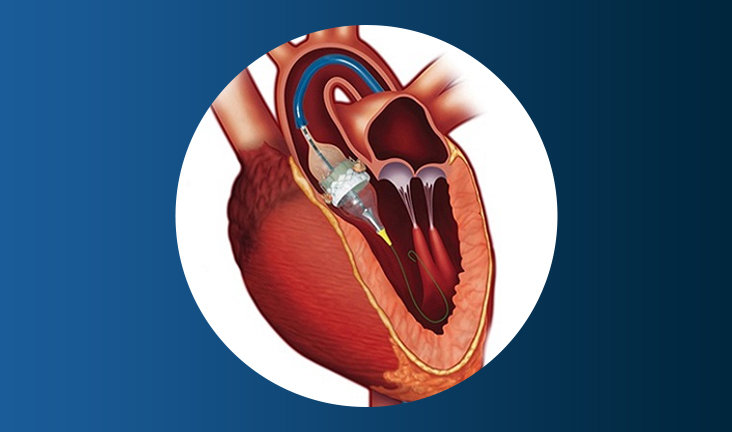Video
Consultation

عربى

Video
Consultation

Book An
Appointment

Accident & Emergency
99616 30000

Help Desk
99616 40000

Robotic
Surgery

Patients Login Portal

The Cardiac team at VPS Lakeshore hospital performed the second ‘protected' TAVI case in Kerala on a 79-year-old man with severe aortic stenosis.
The Cardiac team at VPS Lakeshore hospital performed the second ‘protected' TAVI case in Kerala on a 79-year-old man with severe aortic stenosis. The percutaneous Trans-catheter Aortic valve implantation (TAVI) procedure was performed successfully on the patient who was also symptomatic with recurrent syncope (unconsciousness). The procedure was performed using a cerebral protection device (Sentinel from Boston Scientific Corporation) like an umbrella in the carotids ( carotid arteries are a pair of blood vessels located on both sides of the neck that deliver blood to the brain and head) to prevent cerebral embolism. The procedure went well, and the patient was discharged on the third day.
The non-surgical minimally invasive procedure was performed by a team led by Dr. Anand Kumar V, Head of Cardiology. The team included Cardiologists, Dr. Cibi Issac, Dr. Bhimasankar P R, Dr. Venketeswaran, Cardiac Surgeon Dr. Sujith, and Cardiac Anesthetist, Dr. Mohammed Nebhu. A year ago, the team performed its first TAVI procedure on a 75-year-old patient from Oman who was suffering from severe blockage of the Aortic Valve.
What is TAVI
TAVI is a minimally invasive procedure to replace the aortic valve in people with Aortic valve stenosis. Aortic Valve Stenosis or Aortic Stenosis is a condition where the heart's aortic valve gets narrowed and prevents the valve from opening completely. This reduces blood flow from the heart into the body and causes blood to accumulate in the lungs causing breathing difficulty. This condition can cause severe chest pain, fainting, fatigue, leg swelling and shortness of breath. This condition left untreated can lead to heart failure and death.
Conventional Surgical Aortic Valve Replacement (SAVR) involves a long central chest incision and Open Heart Surgery with a death rate of 5% and a recovery period of nearly 1-2 months. Many patients with Aortic Valve Stenosis are old and have comorbidities like Uncontrolled Diabetes, Lung and Kidney disease etc making them at high risk for Major anaesthesia and Surgery. Through TAVI, the damaged valve is replaced without surgically opening the chest. The doctor accesses the heart through a blood vessel in the leg. The procedure begins with a slight incision in the leg and the catheter is inserted through this. Advanced imaging techniques are used to direct the catheter. The catheter reaches the aortic valve and a tissue valve is positioned for replacement. The replacement is done through precise positioning and when the valve is securely in place, the catheter is removed.
Advantages of TAVI
This procedure is a suitable option for people at high risk of complications from open-heart surgery like patients over 70 years of age, and patients with lung diseases, Kidney diseases and other diseases causing anaesthetic risk. The mortality rate is2% only and is significantly lesser than that of open-heart surgery. The procedure takes around two hours to complete and the patient can be made to walk the same day and can be discharged three days after the procedure.
What is protected TAVI
Even though TAVI is the best way to replace damaged aortic valves if elderly of high-risk patients, it is associated with the development of stroke in 2- 4 % of patients. (Similar incidents of stroke are seen in Surgical Aortic Valve Replacement also). This is mainly due to the fragmentation of calcium and other particles during Aortic Valve expansion using a balloon and the new valve. The fragmented particle travel to the Carotid arteries of the brain.
The Sentinel is a new double umbrella protection device to prevent stroke during TAVI. It can be introduced through a pinhole in the Right forearm artery (Radial artery to protect both Carotids during the procedure). Once the TAVI procedure is over, it can be removed through the right forearm itself. In clinical trials, this device has been shown to significantly reduce the incidents of stroke during TAVI.